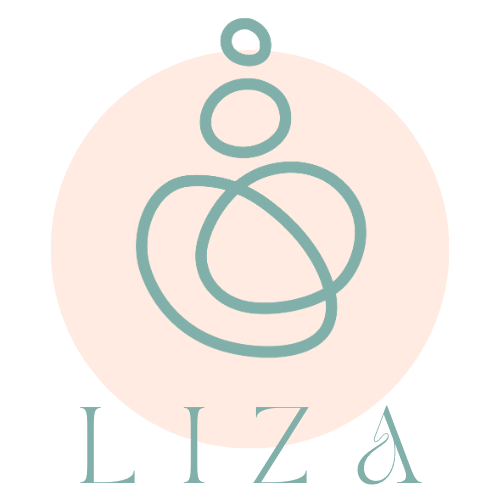What's the difference: Embodied Non-Violent Communication or Needs-Based Communication?
In the world of Embodied Non Violent Communication (ENVC) we rely on the body's nervous system to help us become agents of change in how we navigate through daily conflicts and misunderstandings. We learn how to rely on our embodied cognition and our body's intelligence to help us regulate our nervous system to allow us to act from a place of harmony rather than activation.
Embodied NVC is a somatic approach that sees authentic relationships with ourselves and others as a core component of wellbeing.
The giraffe came to be a central metaphor that represents the needs-based-language that we care to nurture via Non-Violent Communication. The giraffe's long neck allows to observe the situation from higher up while still standing firmly on the same ground as others. In ENVC The giraffe stands for a well regulated nervous system that can see and communicate its own needs while being compassionate and empathetic towards the needs of others.
The other popular metaphor used in NVC is the jackal. The jackal represents the violent reproaches and judgments that we hold against ourselves and others when we are found in a conflict; when our nervous system is activated and we are found in an emotional and mental turmoil.
When we learn NVC, we become aware of the giraffes and the jackals that reside within us, through them we navigate conflicts and daily situations within ourselves and in our relationships. Learning to identify our needs and emotions in a conscious and responsible manner allows us the benefit of being in a position of choice: we can choose how to respond in a given situation. Becoming aware of our nervous system and how it is being affected by social stimuli will help us to effectively analyze social situations and unpack how to become well versed in the giraffe language.
I came across Non-Violent Communication (NVC) in 2015 as I was co-leading the Creative Working Group “De-Pathologizing Dementia: Rethinking Dementia Diagnosis, Care and Policymaking Practices through Arts & Creativity” supported by AGE-WELL and the Comparative Program on Health and Society at the Munk School of Global Affairs at the University of Toronto, Canada.
You can read more about our group here
NVC is an approach to communication that evolved from concepts used in person-centered therapy and was developed by the clinical psychologist Marshall Rosenberg beginning in the 1960s.
It is not an attempt to end disagreements, but rather a method that aims to increase empathy and improve the quality of life of those who utilize the method and the people around them. The method relies on a model that helps individuals and groups to see themselves and others as humans and as such, acknowledge that all humans have needs; when our needs are taken care of (by the individual or by others), we will experience harmonious and ‘positive’ emotions and will avoid conflict, whereas, when our needs are not being taken care of (by ourselves or others), we will experience ‘negative’ emotions and so we are more prone to get into conflictual and violent situations that induce fear, guilt and shame. These "violent" modes of communication, when used during a conflict, divert the attention of the participants away from clarifying their needs, their feelings, their perceptions, and their practical requests for change, thus perpetuating the conflict.
By cultivating the tools that are based in ENVC in education and health care, we can shift the paradigm from generalizing, diagnosing, using coercive and manipulative language all of which prevents us from seeing an individual or a group of people as human and instead increase empathy and acknowledgement of the tragic way we express our needs.
Sign-in to Get Liza's latest articles

Liza Futerman
My lifelong goal is to spread awareness about the intricacies of our nervous systems, emphasizing the importance of tuning into our bodies as a pathway to enhancing resilience both on an individual level and within our communities.
